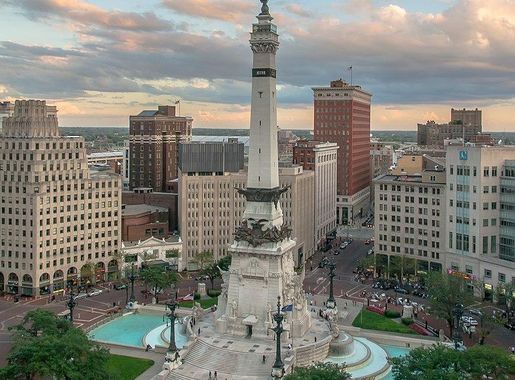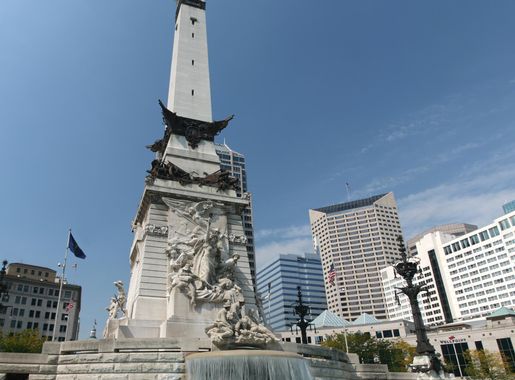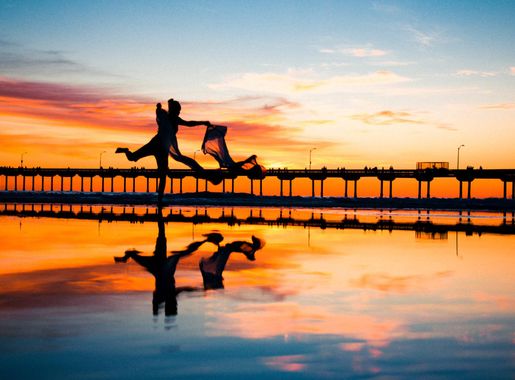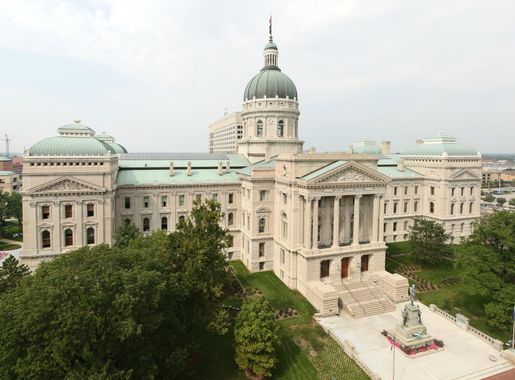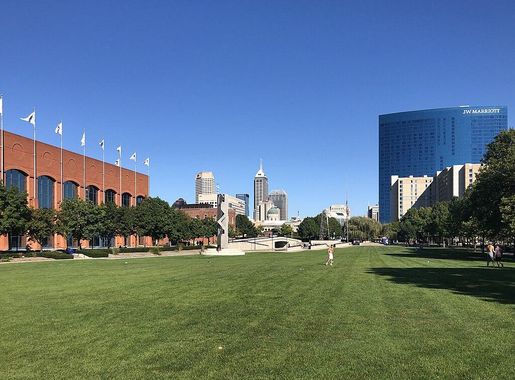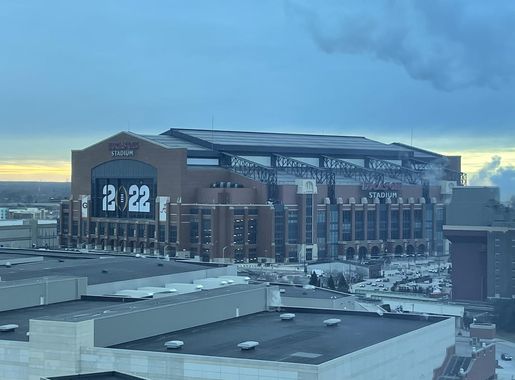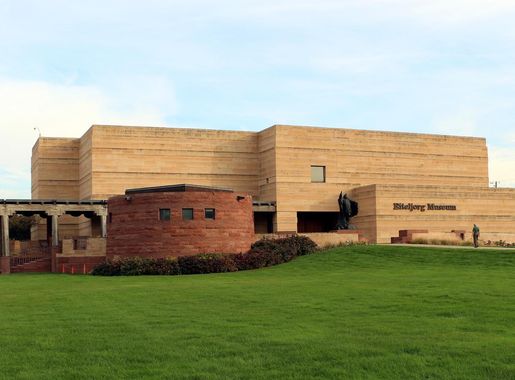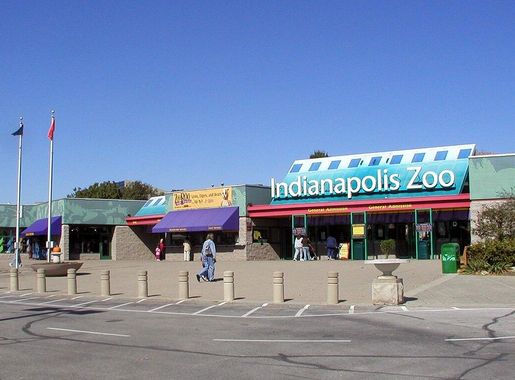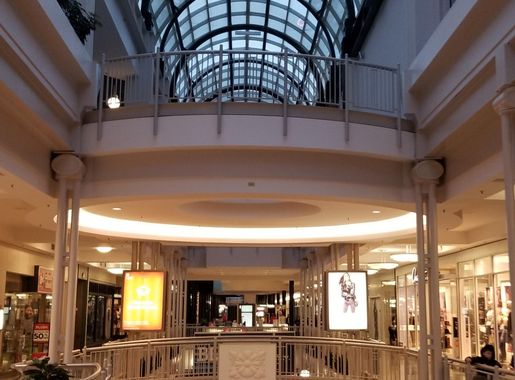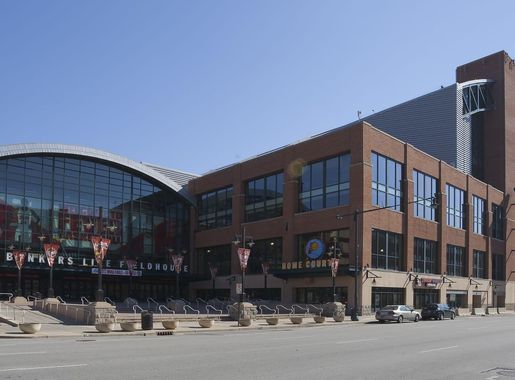
The Vibrant Heart of Indianapolis: Downtown Indianapolis
Explore Downtown Indianapolis: A dynamic hub of culture, history, and entertainment in the heart of Indiana's capital city.
Downtown Indianapolis is the bustling core of Indiana's capital city, offering a blend of modern attractions and historic charm that makes it a captivating destination for tourists. The area is home to a variety of cultural landmarks, including the Indiana State Museum and the Eiteljorg Museum of American Indians and Western Art, which provide a deep dive into the region's history and heritage. For sports enthusiasts, the Lucas Oil Stadium and Bankers Life Fieldhouse offer thrilling games and events, making the downtown area a lively spot year-round. Strolling through the streets of Downtown Indianapolis, visitors will encounter an array of dining options, from upscale restaurants to cozy cafes, reflecting the city's diverse culinary scene. The Indianapolis City Market is a must-visit, where tourists can sample local flavors and purchase unique souvenirs. Additionally, the neighborhood is pedestrian-friendly, with plenty of green spaces, including the scenic White River State Park, which offers beautiful trails and a tranquil escape from the urban hustle. Art lovers will appreciate the vibrant street art and numerous galleries scattered throughout the downtown area. Nightlife in Downtown Indianapolis is equally dynamic, with a variety of bars, live music venues, and theaters, ensuring that there's always something to do after the sun sets. Whether you're here for a weekend getaway or an extended stay, Downtown Indianapolis promises an unforgettable experience filled with culture, entertainment, and Midwestern hospitality.
Local tips in Downtown Indianapolis
- Visit the Indianapolis City Market for local eats and unique souvenirs.
- Take a leisurely walk or bike ride through White River State Park for a scenic escape.
- Check out the event schedule at Lucas Oil Stadium and Bankers Life Fieldhouse for live sports and entertainment.
- Explore the street art and galleries for a taste of the local art scene.
- Plan your visit around local festivals and events for an enhanced experience.
The Vibrant Heart of Indianapolis: Downtown Indianapolis
Downtown Indianapolis is the bustling core of Indiana's capital city, offering a blend of modern attractions and historic charm that makes it a captivating destination for tourists. The area is home to a variety of cultural landmarks, including the Indiana State Museum and the Eiteljorg Museum of American Indians and Western Art, which provide a deep dive into the region's history and heritage. For sports enthusiasts, the Lucas Oil Stadium and Bankers Life Fieldhouse offer thrilling games and events, making the downtown area a lively spot year-round. Strolling through the streets of Downtown Indianapolis, visitors will encounter an array of dining options, from upscale restaurants to cozy cafes, reflecting the city's diverse culinary scene. The Indianapolis City Market is a must-visit, where tourists can sample local flavors and purchase unique souvenirs. Additionally, the neighborhood is pedestrian-friendly, with plenty of green spaces, including the scenic White River State Park, which offers beautiful trails and a tranquil escape from the urban hustle. Art lovers will appreciate the vibrant street art and numerous galleries scattered throughout the downtown area. Nightlife in Downtown Indianapolis is equally dynamic, with a variety of bars, live music venues, and theaters, ensuring that there's always something to do after the sun sets. Whether you're here for a weekend getaway or an extended stay, Downtown Indianapolis promises an unforgettable experience filled with culture, entertainment, and Midwestern hospitality.
Iconic landmarks you can’t miss
Soldiers & Sailors Monument
Explore the Soldiers & Sailors Monument in Indianapolis, a stunning tribute to military valor and a centerpiece of the city's rich history.
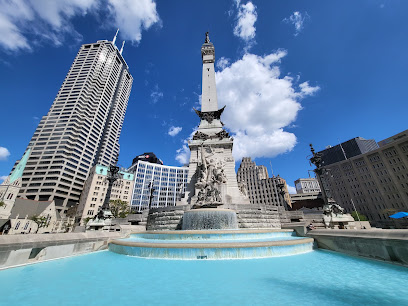
Indiana State Museum
Explore Indiana's rich history, culture, and natural wonders at the captivating Indiana State Museum in downtown Indianapolis.
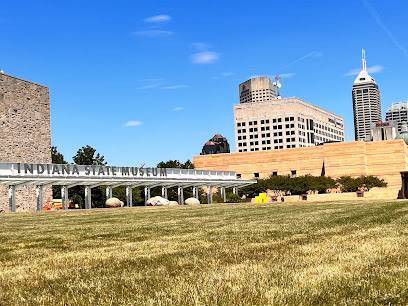
9/11 Memorial
Visit the 9/11 Memorial in Indianapolis: a profound tribute to resilience and remembrance, honoring the spirit of those affected by September 11, 2001.
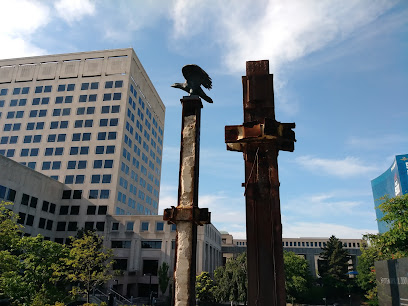
James Whitcomb Riley Museum Home & Visitor Center
Explore the historic James Whitcomb Riley Museum Home in Indianapolis, where poetry and history come to life in a beautifully preserved Victorian setting.
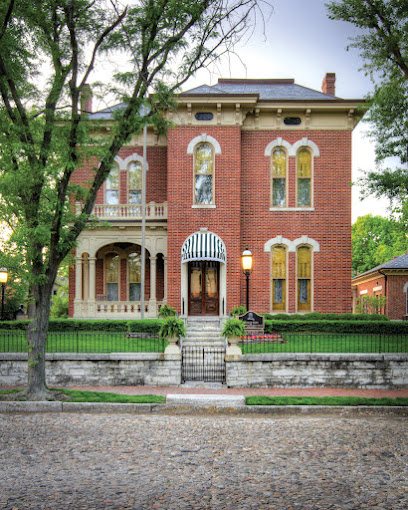
Indiana State Capitol
Explore the Indiana State Capitol: A breathtaking blend of history, architecture, and political significance in the heart of Indianapolis.
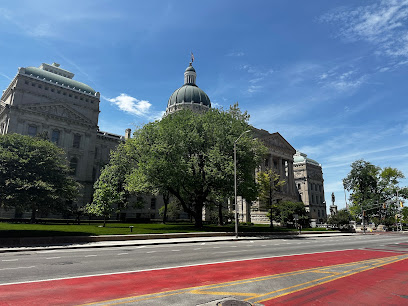
Catacombs
Discover the haunting beauty of the Catacombs in Indianapolis, a historic underground treasure that unveils the city's intriguing past.
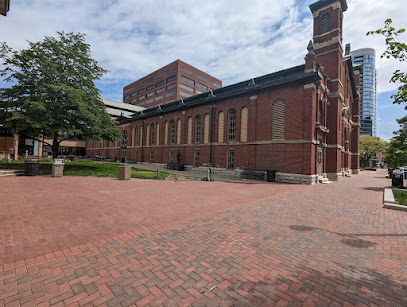
Indy Stargate
Discover the enchanting Indy Stargate in Indianapolis, a stunning blend of art, culture, and cosmic wonder that captivates every visitor.
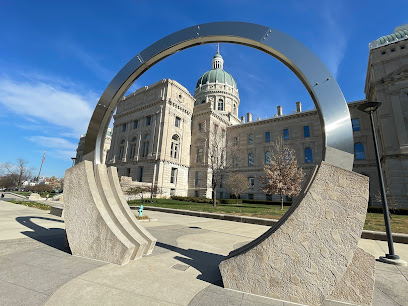
Lockerbie Square Historic District
Explore the historic beauty and charm of Lockerbie Square Historic District, a delightful neighborhood in Indianapolis brimming with Victorian architecture.

Indianapolis Pride Historical Marker
Explore the Indianapolis Pride Historical Marker, a symbol of LGBTQ+ history and advocacy in the heart of Indiana's capital.
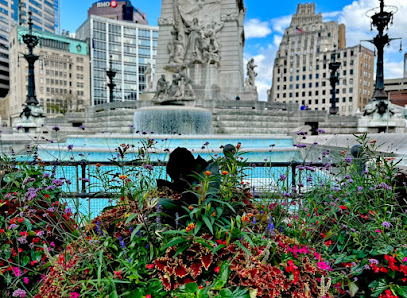
Essential places to dine
Sugar Factory - Indianapolis
Experience whimsical dining at Sugar Factory Indianapolis with creative American cuisine and over-the-top desserts that delight all ages.
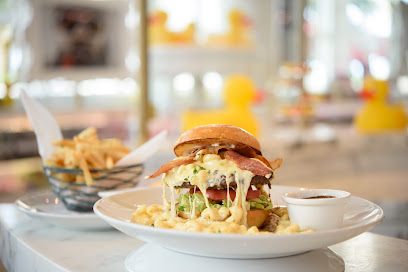
Harry & Izzy's
Experience unparalleled dining at Harry & Izzy's, where exquisite American cuisine meets vibrant atmosphere in downtown Indianapolis.
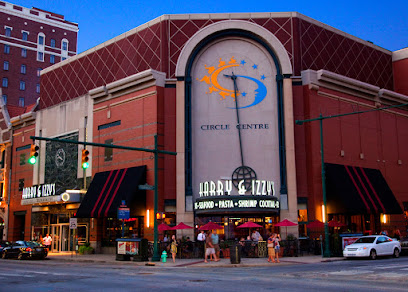
The Rathskeller
Discover authentic German cuisine at The Rathskeller in Indianapolis – where tradition meets modern hospitality in a vibrant setting.

Livery Indianapolis
Discover the vibrant taste of Latin American fusion at Livery Indianapolis - where tradition meets innovation in every bite.
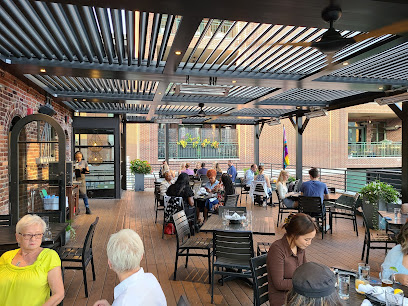
The Eagle's Nest
Experience fine American dining with breathtaking views at The Eagle's Nest in Indianapolis – where every meal becomes a memorable occasion.
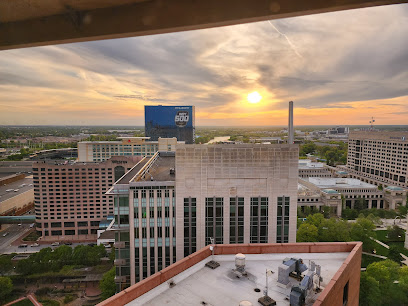
Tavern On South
Discover the best of New American cuisine at Tavern On South in downtown Indianapolis - where flavor meets fun!

Vida
Discover Vida: A premier dining destination in Indianapolis offering innovative cuisine in an elegant setting for unforgettable culinary experiences.

Tupelo Honey Southern Kitchen & Bar
Experience authentic Southern cuisine at Tupelo Honey Southern Kitchen & Bar in Indianapolis – where comfort food meets creativity!

Spoke & Steele
Experience innovative New American cuisine at Spoke & Steele in Indianapolis - where local flavors meet modern dining.
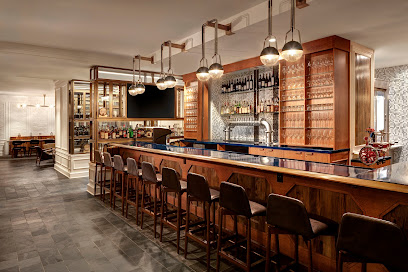
The Flatiron @ The Point on Penn
Discover exquisite American cuisine at The Flatiron @ The Point on Penn in Indianapolis' historic St. Joseph Neighborhood.
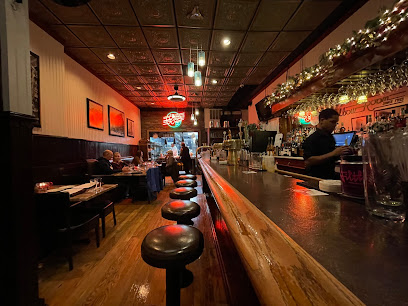
Markets, malls and hidden boutiques
Circle Centre Mall
Explore the Circle Centre Mall in Indianapolis - A vibrant shopping and dining destination with unique stores and exciting events year-round.
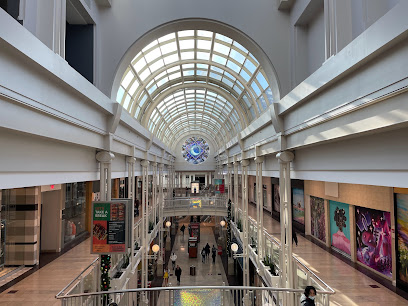
Silver In the City
Explore Silver In the City, an eclectic gift shop in Indianapolis offering unique jewelry, home goods, and souvenirs that celebrate local culture.

The Perfect Gift
Explore The Perfect Gift in Indianapolis for unique treasures, from artisanal perfumes to stylish sunglasses, perfect for any occasion.

Global Gifts
Discover unique, ethically sourced gifts from around the globe at Global Gifts in Indianapolis, a haven for travelers and gift enthusiasts alike.
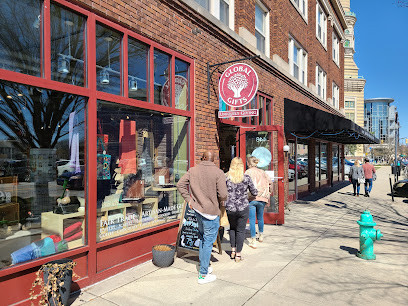
Circle City Souvenirs
Discover the essence of Indianapolis at Circle City Souvenirs, your go-to shop for unique gifts and local artisan treasures.

Artisans
Explore Artisans in Indianapolis for unique handmade gifts, local artistry, and a creative shopping experience that captures the spirit of Indiana.
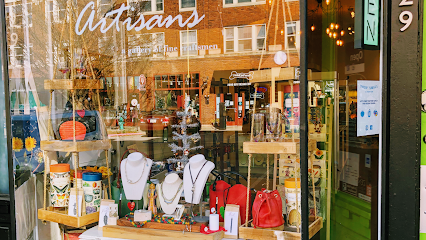
Auspicious Boutique
Discover unique handcrafted treasures at Auspicious Boutique in Indianapolis, where local artisans showcase their creativity and craftsmanship.
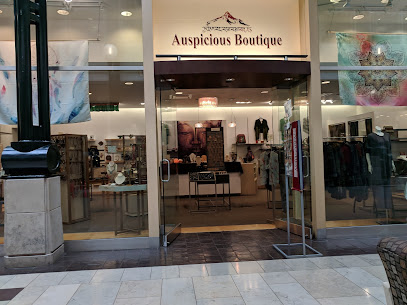
Gift Shop One
Discover unique souvenirs and essentials at Gift Shop One in Indianapolis, where local charm meets convenience.

The Indiana Store
Explore The Indiana Store in downtown Indianapolis for unique gifts and souvenirs that celebrate the Hoosier spirit.
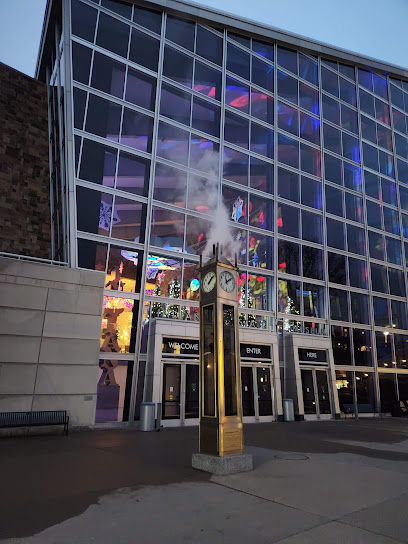
Lobby Shop
Explore the Lobby Shop in Indianapolis for unique gifts and local treasures that capture the essence of the city, perfect for every traveler.
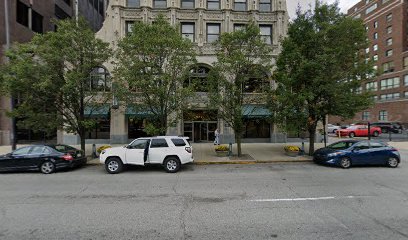
Essential bars & hidden hideouts
Kilroy's Bar & Grill
Experience the vibrant atmosphere and delectable menu at Kilroy's Bar & Grill in Indianapolis, where locals gather for great food and fun.
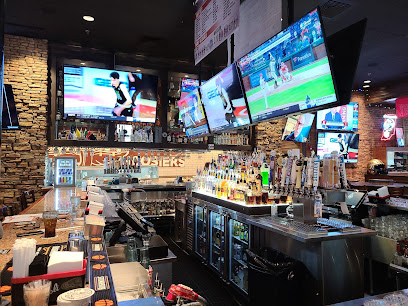
Nicky Blaine's Cocktail Lounge
Experience the elegance of Nicky Blaine's Cocktail Lounge, where handcrafted cocktails, premium cigars, and live entertainment blend for a memorable night out in Indianapolis.
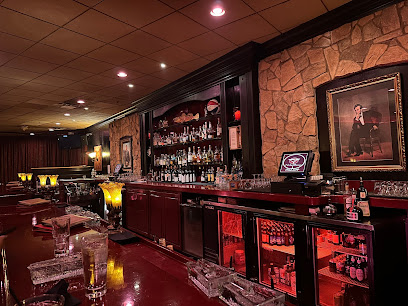
Ball & Biscuit
Experience the vibrant atmosphere and exquisite cocktails at Ball & Biscuit, the ultimate cocktail bar in Indianapolis, Indiana.

1933 Lounge
Discover the lively atmosphere and exquisite cocktails at 1933 Lounge, the perfect bar and lounge experience in Indianapolis.
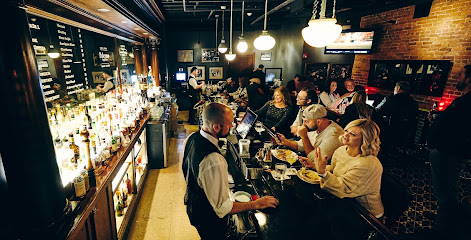
Tastings - A Wine Experience
Experience the ultimate wine journey at Tastings - A Wine Experience in Indianapolis, where fine wines and culinary delights come together.
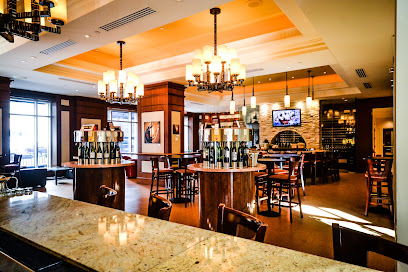
Plat 99
Discover the chic atmosphere and exceptional cocktails at Plat 99, a premier cocktail bar in the heart of Indianapolis' Mile Square.

The Exchange Bar
Discover the vibrant atmosphere of The Exchange Bar in Indianapolis, where unique cocktails and an extensive whiskey selection await your arrival.

Wiseguy Lounge - Mass Ave
Experience Indianapolis at Wiseguy Lounge - Mass Ave: where delightful pizza and crafted cocktails create unforgettable moments.

Liberty Street
Discover Liberty Street, an energetic bar in Indianapolis, where great drinks and a lively atmosphere create unforgettable nights.
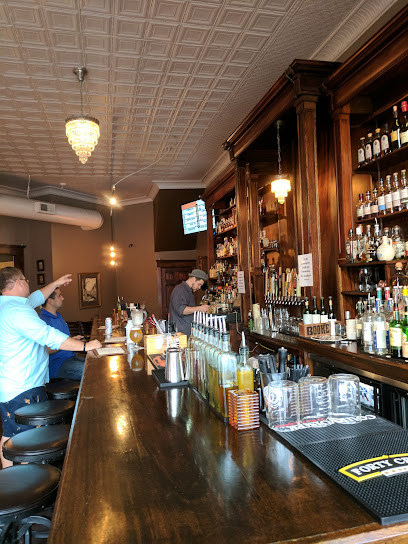
BLIND TIGER
Discover the Blind Tiger, a cozy bar in Indianapolis offering craft cocktails and a vibrant atmosphere perfect for relaxation and socializing.
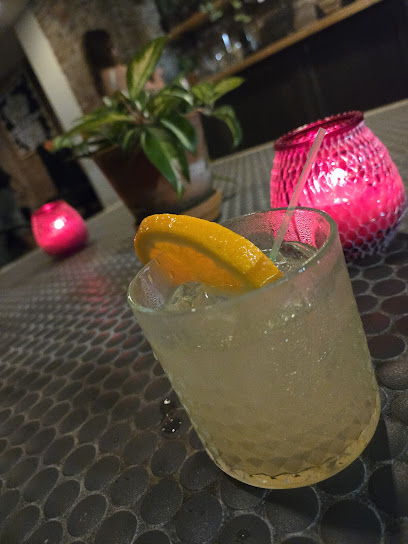
Local Phrases
-
- HelloHey
[hey] - GoodbyeSee ya
[see yuh] - YesYeah
[yeh] - NoNah
[nuh] - Please/You're welcomePlease/You're welcome
[please/yer welcome] - Thank youThanks
[thanks] - Excuse me/SorryPardon me/My bad
[pahr-dn mee/my bad] - How are you?How's it goin?
[hows it goin] - Fine. And you?I'm good. You?
[ahm good. yuh?] - Do you speak English?Ya speak English?
[yuh speak ing-glish] - I don't understandI don't get it
[ah don't get it]
- HelloHey
-
- I'd like to see the menu, pleaseCan I see the menu?
[can eye see the menu] - I don't eat meatI'm vegetarian
[ahm ve-jay-tair-ee-an] - Cheers!Cheers!
[cheers] - I would like to pay, pleaseCheck, please
[chek please]
- I'd like to see the menu, pleaseCan I see the menu?
-
- Help!Help!
[help] - Go away!Get lost!
[get lost] - Call the Police!Call the cops!
[call the cops] - Call a doctor!Call a doc!
[call a doc] - I'm lostI'm lost
[ahm lost] - I'm illI'm sick
[ahm sik]
- Help!Help!
-
- I'd like to buy...I wanna buy...
[ah wanna buy] - I'm just lookingJust browsing
[jus brows-ing] - How much is it?How much does it cost?
[how much duhz it cost] - That's too expensiveThat's too pricey
[thats too pry-see] - Can you lower the price?Can you bring the price down?
[can yuh bring the price down]
- I'd like to buy...I wanna buy...
-
- What time is it?What time is it?
[what time is it] - It's one o'clockIt's one
[its one] - Half past (10)10:30
[ten-thur-tee] - MorningMorning
[morn-ing] - AfternoonAfternoon
[after-noon] - EveningEvening
[ee-ven-ing] - YesterdayYesterday
[yes-ter-day] - TodayToday
[to-day] - TomorrowTomorrow
[to-mor-row] - 1One
[wuhn] - 2Two
[too] - 3Three
[three] - 4Four
[for] - 5Five
[five] - 6Six
[siks] - 7Seven
[sev-un] - 8Eight
[ate] - 9Nine
[nine] - 10Ten
[ten]
- What time is it?What time is it?
-
- Where's a/the...?Where's the...?
[wheres the] - What's the address?What's the address?
[whats the address] - Can you show me (on the map)?Can you show me (on the map)?
[can yuh show me on the map] - When's the next (bus)?When's the next (bus)?
[whens the next bus] - A ticket (to ....)A ticket to ...
[a ticket to]
- Where's a/the...?Where's the...?
History of Downtown Indianapolis
-
Downtown Indianapolis was officially founded in 1821, selected as the state capital due to its central location. The area quickly developed around the newly established government buildings, including the Indiana Statehouse, which was completed in 1888. The early growth of Downtown was characterized by a mix of residential and commercial buildings, reflecting the ambitions of a burgeoning state.
-
Throughout the 19th century, Indianapolis became a major transportation hub, thanks in part to the construction of numerous railroads. The arrival of the railroads transformed Downtown into an industrial center, with factories and warehouses springing up. The city’s strategic position attracted businesses and workers, leading to significant economic growth and population influx.
-
By the early 20th century, Downtown Indianapolis began to develop a vibrant cultural scene. The establishment of the Indianapolis Symphony Orchestra in 1930 and the construction of the Artsgarden in the 1990s signified a commitment to the arts. The area became known for its theaters, galleries, and cultural festivals, contributing to a rich cultural tapestry that celebrates both local and national artists.
-
The late 20th century saw extensive urban renewal efforts in Downtown Indianapolis, particularly during the 1960s and 1970s. The construction of the Indiana Convention Center, and the revitalization of the waterfront along the White River, transformed the landscape. These developments aimed to attract tourism and business, resulting in a modern urban environment that blends historical architecture with contemporary amenities.
-
Downtown Indianapolis is also known for its sports culture, particularly with the establishment of Lucas Oil Stadium in 2008, home to the NFL's Indianapolis Colts. The city has hosted numerous major sporting events, including the Super Bowl and the NCAA Men's Basketball Final Four. This sports-centric identity has fostered a sense of community pride and has reinforced Downtown's role as a gathering place for residents and visitors alike.
Downtown Indianapolis Essentials
-
Downtown Indianapolis is easily accessible from various neighborhoods within the city. If you are coming from the Indianapolis International Airport, you can take a taxi, rideshare service, or the IndyGo bus 8 route, which connects the airport to downtown. For those in nearby neighborhoods, the IndyGo public transit system provides multiple routes leading to downtown, including routes 1, 3, and 5.
-
Downtown Indianapolis is a pedestrian-friendly area, making it easy to explore on foot. The city also offers the Red Line bus rapid transit, which runs north-south through downtown, providing quick access to various attractions. Bicycles can be rented through the Pacers Bikeshare program, with numerous docking stations located throughout downtown. For those preferring to drive, street parking and garage options are available, though be mindful of parking regulations.
-
Downtown Indianapolis is generally safe for tourists, but standard precautions should be taken. Areas to be cautious about include parts of the Near Northside and Eastside, which have higher crime rates. It's advisable to avoid walking alone at night in less populated areas and to keep valuables secure and out of sight in crowded spaces.
-
In case of an emergency, dial 911 for police, fire, or medical assistance. Hospitals like Indiana University Health Methodist Hospital and Ascension St. Vincent Hospital are located nearby for urgent medical needs. Travelers are encouraged to have travel insurance that covers medical emergencies. For non-emergency situations, local police precincts are accessible for assistance.
-
Fashion: Do wear comfortable clothing and footwear suitable for walking. Don't wear overly flashy or expensive jewelry that may attract unwanted attention. Religion: Do respect local customs, especially when visiting churches or memorials. Public Transport: Do give up your seat for the elderly or disabled. Don't engage in loud conversations on public transport. Greetings: Do greet people with a friendly smile and make eye contact. Eating & Drinking: Do try local cuisine at restaurants and enjoy outdoor dining. Don't consume alcohol in public parks or spaces where it is prohibited.
-
To experience Downtown Indianapolis like a local, check out the food trucks at the City Market for a variety of affordable eats. Attend a local festival or event, as the city hosts numerous gatherings throughout the year. Don't miss the Cultural Trail, a unique urban trail that connects neighborhoods and highlights local art. Engage with locals, as they often provide insider tips on hidden gems and less touristy spots.
Nearby Cities to Downtown Indianapolis
-
Things To Do in Carmel
-
Things To Do in Fishers
-
Things To Do in Kokomo
-
Things To Do in Muncie
-
Things To Do in West Lafayette
-
Things To Do in Terre Haute
-
Things To Do in Cincinnati
-
Things To Do in Covington
-
Things To Do in Mason
-
Things To Do in Fort Thomas
-
Things To Do in New Albany
-
Things To Do in Dayton
-
Things To Do in Fort Wayne
-
Things To Do in Louisville
-
Things To Do in Champaign

